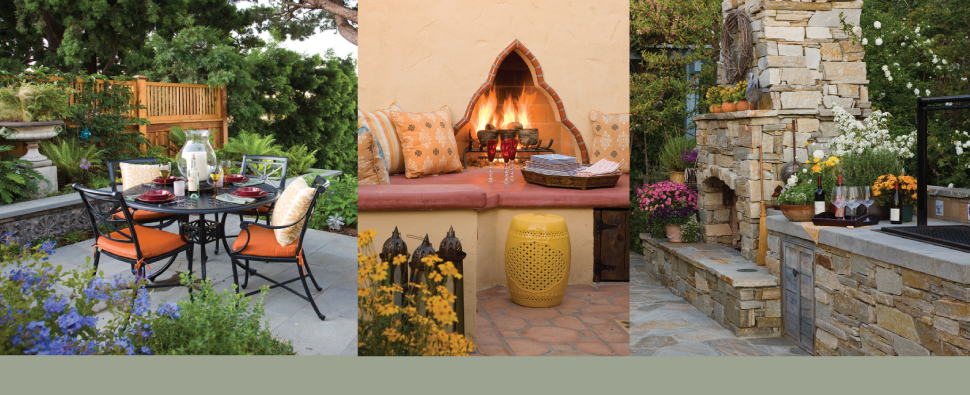 In San Diego, I often meet ex-East Coasters who miss their wonderful fall color and claim that San Diego has none. I would like to change to the record to say that it isn’t that we can’t plant fall color trees, it is that we don’t. Many of my clients chose not to plant deciduous trees, opting instead for the consistency of an evergreen.
In San Diego, I often meet ex-East Coasters who miss their wonderful fall color and claim that San Diego has none. I would like to change to the record to say that it isn’t that we can’t plant fall color trees, it is that we don’t. Many of my clients chose not to plant deciduous trees, opting instead for the consistency of an evergreen. What is lost is the gorgeous colorful leaf display in the fall. Here are a few trees that grow well in Southern California, and have a nice fall display.
What is lost is the gorgeous colorful leaf display in the fall. Here are a few trees that grow well in Southern California, and have a nice fall display.
Starting at the top right:
– Acer fremanii ‘Autumn Blaze’ otherwise known as silver maple, has a gorgeous red color in the fall. This is a tree that gets very large, so make sure there is room in your garden.
– Pistacia chinensis or the Chinese Pistache, is another great display of red leaves, although it starts off with more of the oranges and yellows and changes over the course of the season. This is a tough tree, so it is good for high traffic areas like parking lots. It has a wide, spreading shape.
 – Some of our most reliable fall color comes from our Liquidambars. The varieties come in different shades of fall color from yellow to burgandy, so be sure to check which one you are buying.
– Some of our most reliable fall color comes from our Liquidambars. The varieties come in different shades of fall color from yellow to burgandy, so be sure to check which one you are buying.
– Ginkgo biloba turns a wonderful canary yellow before losing its leaves. Just a warning here though: this tree comes as a male tree or female tree. The female tree produces very stinky seeds and should be avoided!

 – Lagerstroemia, or Crape Myrtle, is quite variable but gives excellent color in cold years. Plus, it has a gorgeous summer flower display. Its small size makes it idea for suburban gardens and as a patio tree.
– Lagerstroemia, or Crape Myrtle, is quite variable but gives excellent color in cold years. Plus, it has a gorgeous summer flower display. Its small size makes it idea for suburban gardens and as a patio tree.
– My personal favorite for fall color is the Chinese Tallow Tree, Sapium seberiferum. It has delicate heart shaped leaves similar to a poplar and turns varying shades from gold to orange to red, often all at the same time. This year has been an excellent year for Tallow Tree color. They are the street tree in Little Italy so stroll by soon and take a look. Or take a look at my favorite specimen on 25th street near B in Golden Hill.
Want to add fall color to your San Diego garden? Go to our web page at www.sageoutdoordesigns.com and click on the contact us link.
Wiseman, the Principal, has been a San Diego landscape designer
for the past ten years. Find out more at www.sageoutdoordesigns.com







